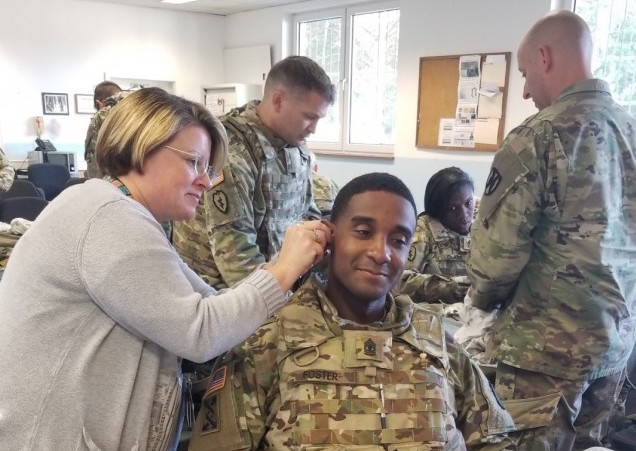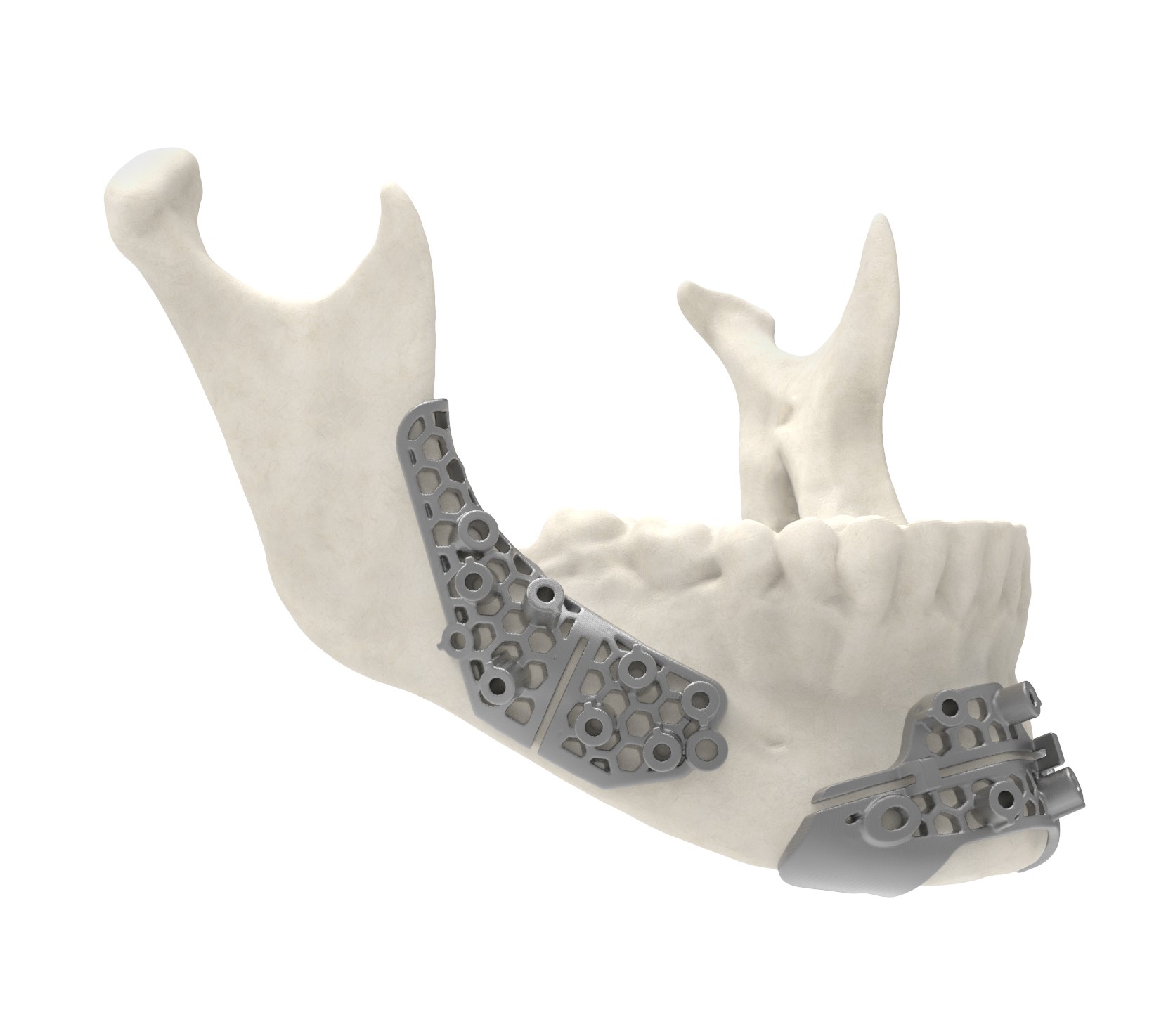Based in Charleston, South Carolina, the Ralph H. Johnson VA Medical Center is seeking approval from the US Food and Drug Administration (FDA) for its 3D printed hearing aids.
As reported by Live 5 News, the center believes it can produce tens of thousands of medical devices each year using its 17 3D printers, once it receives the go ahead. The hospital is also the first Veteran Affairs (VA) hospital in the US to receive compassionate use approval from the FDA for a 3D printed medical device – a custom-designed hearing aid for a local veteran.
Once approval is secured, Charleston VA hopes to start distributing more medical devices over the next six months, with the hearing aid alone potentially able to help some 8,000 veterans with hearing impairments.

Charleston VA’s 3D Innovation Center
Charleston VA’s 3D Innovation Center began printing face shields and masks at the start of the Covid-19 pandemic, when medical supplies were in high demand.
At the time, Biomedical Engineer at the center, Nikki Beitenman said: “The first thing we started printing was face shields because there was a shortage across the nation. When we initially tried to order them from a supplier, we were quoted a price of $4 per face shield. We can make them in-house for about 85 cents.”
In addition to 3D printing custom face shields for its staff, the center also uses the technology to produce attachable screens for optometry equipment used in examinations, education models for staff training, and swabs for Covid-19 tests. Ventilator splitters, wheelchair accessories, and patient specific assistive devices are also additively manufactured using the center’s 17 3D printers.
According to Bietenman, 3D printing has been vital to the hospital’s ability to produce medical devices quickly and at low-cost for its patients, in comparison to sourcing the products through a supplier.

3D printing medical devices
The FDA approval sought by Charleston VA is for a hearing device designed specifically for one local veteran. The team at the 3D Innovation Center was able to 3D print a custom-designed device suited to the patient’s unique needs.
Once the FDA approves the device, the center hopes to be able to expand the technology and provide more patients with personalized hearing aids at the point of need. The center is also capable of 3D printing dentures, crowns and bridges, and various anatomy models far quicker and at much lower costs than is currently possible through conventional manufacturing means.
The hospital aims to distribute more medical devices over the next few months once it has the FDA approval under its belt, and eventually hopes to produce tens of thousands of medical devices each year.

3D printed medical device approvals
With the development of standards and advancements in technological capabilities, the 3D printing of medical devices has accelerated in recent years. While there are still ongoing calls for clarification around their regulation, the emergence of 3D printed medical devices has brought innovation, speed and cost benefits to the sector..
For instance, 3D printed biopolymer bone implants, maxillofacial surgical guides, dental aligners, and even patient-specific airway stents have all received FDA clearance over the last couple years. In light of the pandemic, the FDA has updated its FAQs for 3D printed nasal swabs and other Covid-19 testing devices.
The FDA has also given approval to 3D printing software offerings for the manufacture of 3D printed medical devices. In 2019, Materialise’s Mimics Enlight 3D modelling software received FDA approval for the planning of cardiovascular surgeries, alongside 3D Systems’ Virtual Surgical Planning platform for orthopaedic procedures. A study by the Centre Hospitalier Universitaire de Bordeaux demonstrated that on average 3D printed models helped to increase patient understanding of their surgery by up to 50 percent.
Subscribe to the 3D Printing Industry newsletter for the latest news in additive manufacturing. You can also stay connected by following us on Twitter and liking us on Facebook.
Looking for a career in additive manufacturing? Visit 3D Printing Jobs for a selection of roles in the industry.
Featured image shows 3D printed ear plugs can help to protect soldiers, who are often surrounded my loud machinery and weaponry. Photo via the US Army.



